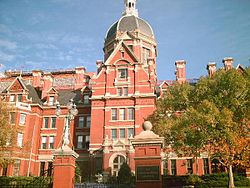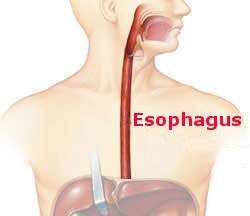Air in the chest.
The lungs completely fill the thoracic cavity (the inside of the chest) as we breath in and out. During the normal respiratory cycle the chest enlarges as chest wall muscles draw it out and the diaphragm descends. This creates negative pressure which expands the compliant lungs. This process literally sucks air into them. When we exhale, the chest contracts, squeezing the lungs and forcing air out (now depleted of oxygen and containing the body’s waste carbon oxide).
It would appear saying that air is in the chest is stating the obvious; but, the air is inside the lungs. Bad things happen when air escapes and begins to accumulate in the chest but outside the lungs. This constitutes a pneumothorax (pneumo is air the thorax is the chest). The spongy and flimsy lungs are collapsed by the expanding air collection; enough collapse and the lung function is compromised. When this occurs without any prior lung disease or injury it is called a spontaneous pneumothorax. The typical patient is a young, frequently slender, male who presents at the emergency room with some combination of pain and shortness of breath.
Initial treatment is insertion of a catheter or argyle tube to evacuate the extrapulmonic air. Evaluation for the cause frequently finds blebs – small, thin-walled bulges from the lung (their cause is unknown but they are probably congenital). The rupture of one of these blebs is the source of the air leak. Although this leak frequently seals after the pneumothorax is evacuated, definitive treatment is considered to diminish possible recurrence. A minimally invasive thoracoscopic operation allows the blebs to be resected with a surgical stapler with patients being kept in the hospital only a day or two.



